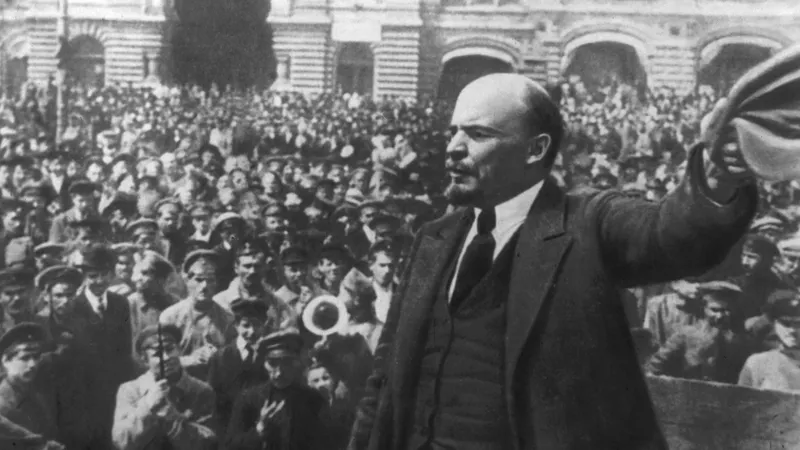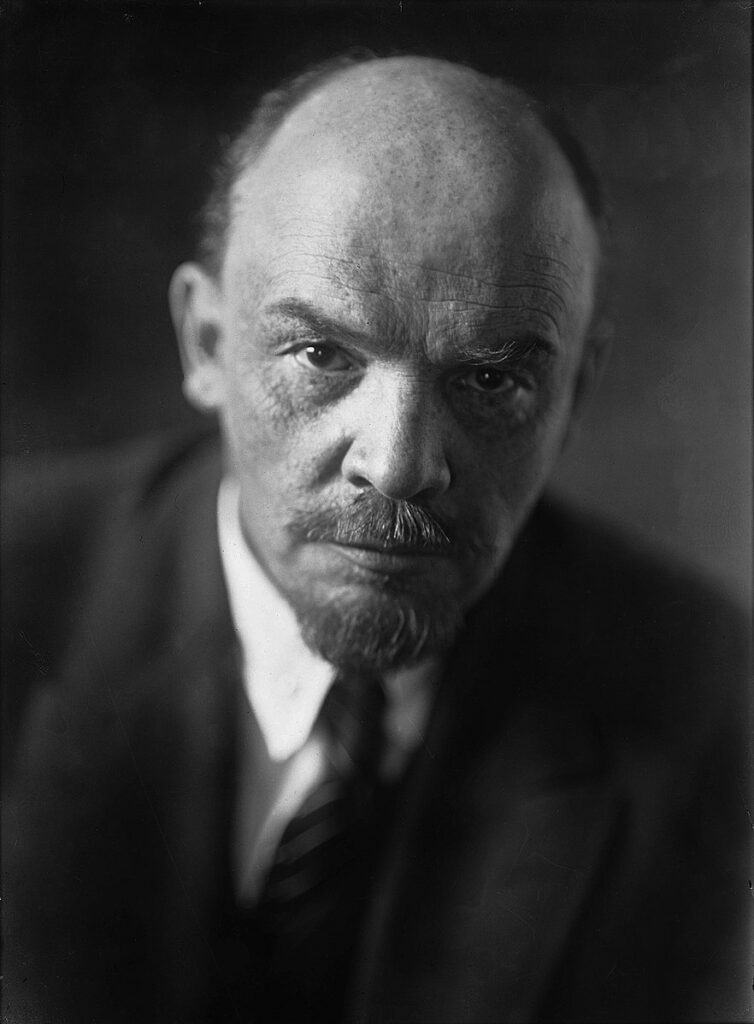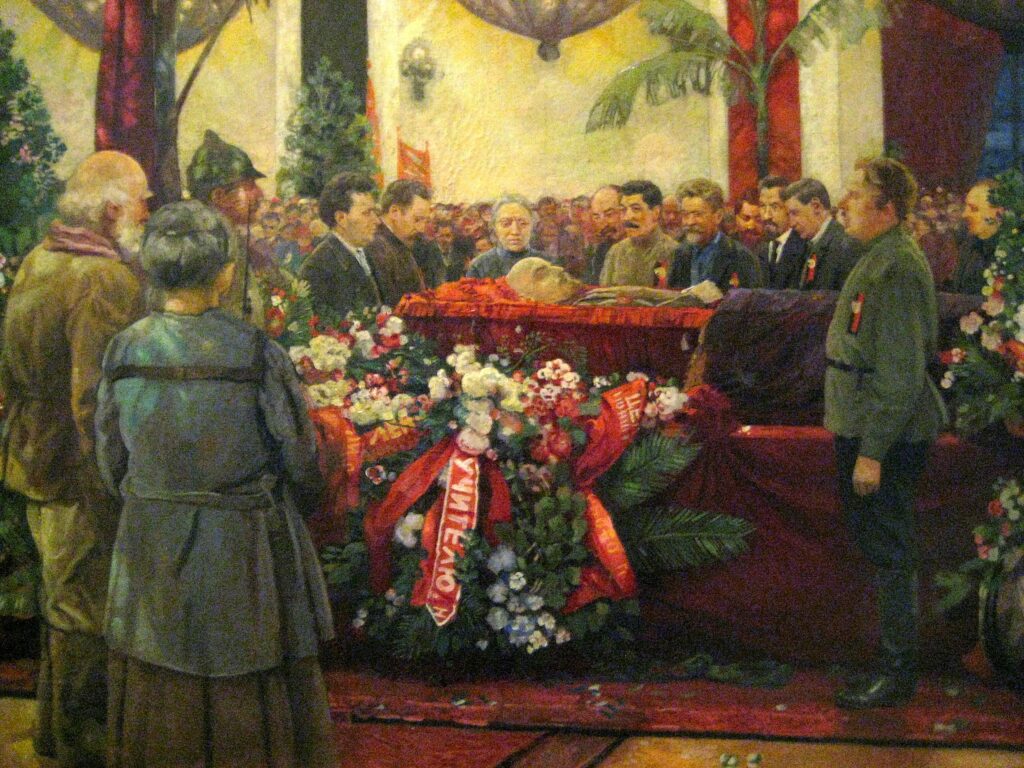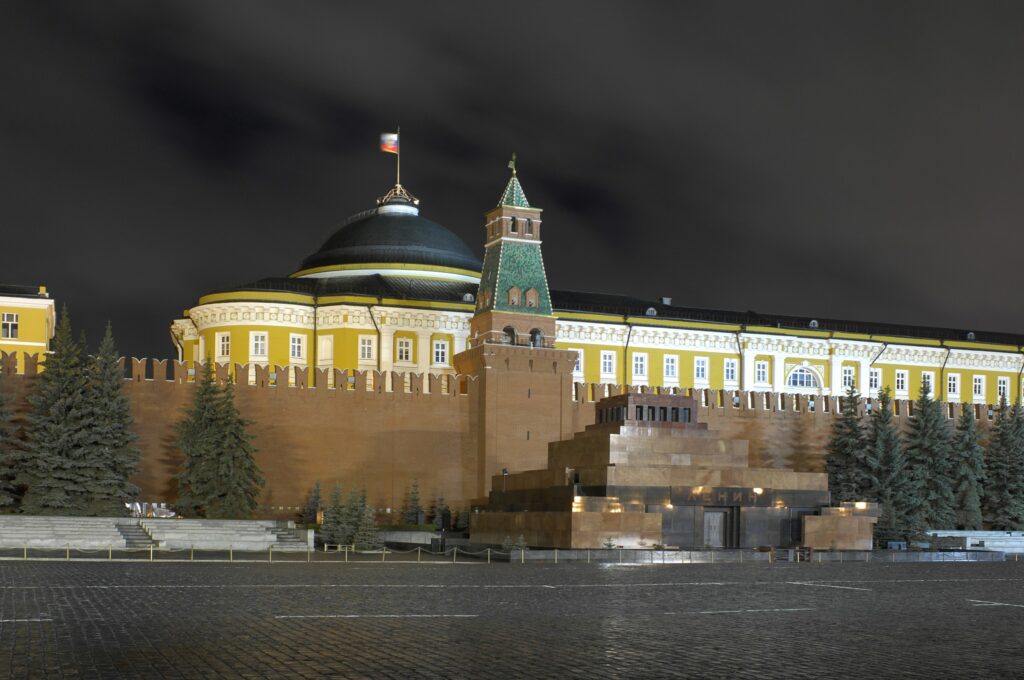Last updated on January 31st, 2023 at 03:10 am
When Vladimir Lenin died on January 21, 1924, at the age of 53, the Soviet Union was in a state of shock. In a strange twist of events, the state preserved Lenin’s body and displayed it in Moscow.
For nearly 90 years, Lenin’s body has been on public display at the Red Square in Moscow. But why was Lenin’s body preserved after he died and what was the reason behind maintaining his body for so long?

Who Was Vladimir Lenin?
Vladimir Lenin was the founder of the Soviet Union and one of the most influential and controversial political figures of the 20th century. He was born in 1870 in Simbirsk, Russia (now Ulyanovsk), and his original name was Vladimir Ilyich Ulyanov.
In 1887, his older brother Alexander was executed for participating in a plot to assassinate Czar Alexander III, which had a profound effect on young Vladimir.
While studying law at Kazan Imperial University, he became obsessed with the radical political ideas of his late brother. This led him to adopt the principles of Marxism.

Lenin could not stay out of trouble for long, and officials arrested him for engaging in radical activities. He was exiled to Siberia, where he met his wife. Eventually, he moved to Germany and then Switzerland.
This path eventually pushed him to establish the Bolshevik Party. In 1901, Lenin became the party’s first official leader. Later on, through the efforts of his party, the October Revolution, and the need to fill a power vacuum, Lenin became the leader of the world’s first communist state.
When Lenin Died
On January 21, 1924, at 53, Vladimir Lenin died of a stroke. He had been in power for seven years, and his health had been failing for some time. There were many theories about what caused Lenin’s death with some even speculating that he had been poisoned.
The most likely cause of death was a vascular disease that he had been suffering from for several years. Either way, he had several strokes before finally being incapacitated and bedridden.
After Lenin’s Death
After Lenin’s death, there was a power struggle to decide his successor. Finally, Joseph Stalin emerged as the victor.
But what to do about Lenin’s body? Handling his body and his burial was a sensitive matter. The loss of Lenin was devastating to the Soviet state, and anything could upset the delicate balance of power.

Keeping his body on public display in Moscow was done to prevent civil war and maintain stability in the Soviet Union. However, the reason for this is still a topic of debate among historians to this day. Some say it was to prevent his body from being destroyed by opponents, while others claim it was part of an elaborate propaganda campaign.
However, government officials were more interested in creating a cult of followers and loyalists for the long-term success of the Party. The decision to preserve Lenin’s body was made by a group of doctors and politicians close to him.
The determination to preserve Lenin’s body was controversial, and it is still a topic of debate today. Some believe that it is disrespectful to keep a dead body on display, while others saw it as a great honor.
These events renewed the public’s dedication to Bolshevism, where Lenin’s Mausoleum became a spiritual center for anyone who wanted to follow the Party’s ideals. Lenin’s likeness became an icon and a symbol for the USSR and his body was revered by the many visitors that came every year.
Maintaining Lenin’s Body
Preserving Lenin’s body allowed the Soviet people to mourn their leader and keep his memory alive. It also ensured that no one could tamper with his grave or bury him without the permission of the Soviet government.
So, Lenin’s body was embalmed and displayed in a mausoleum in Moscow’s Red Square. It has been there ever since. His body has been maintained by a team of specialists known as the Center for Scientific Research and Teaching Methods in Biochemical Technologies in Moscow.
Every year, Lenin’s body undergoes a maintenance procedure that takes about two months to complete. Throughout its time there, Lenin’s body has experienced new and improved methods that have allowed it to surpass its 145th anniversary. Many Russian scientists over the years have perfected the process of embalming and have used Lenin’s body as a test case.

The team of specialists that maintain Lenin’s body is one of the world’s best. They use a particular formaldehyde-based solution to preserve his body and replace his fluids every 18 months. They also monitor the humidity and temperature in the mausoleum to ensure that his body does not deteriorate.
The team of specialists has done a fantastic job at preserving Lenin’s body, and it is currently in good condition. It is a tribute to their skill and dedication that Lenin’s body has been held for so long. They also maintain other national leaders such as Ho Chi Minh, Kim Il-Sung, and Kim Jong-Il.
The Future of Lenin’s Body
It is unclear what will happen to Lenin’s body in the future. The Soviet Union no longer exists, so the reason for maintaining his body has gone.
Scientists may preserve his body for many years to come, but it is also possible that it will be buried. However, the fact that his body and the mausoleum are an essential part of Russian history means that it is unlikely that his body will be buried anytime soon.
Many consider it a dividing factor in Russian society. Some people see it as a symbol of a brutal regime, and others see it as a reminder of a great leader.

